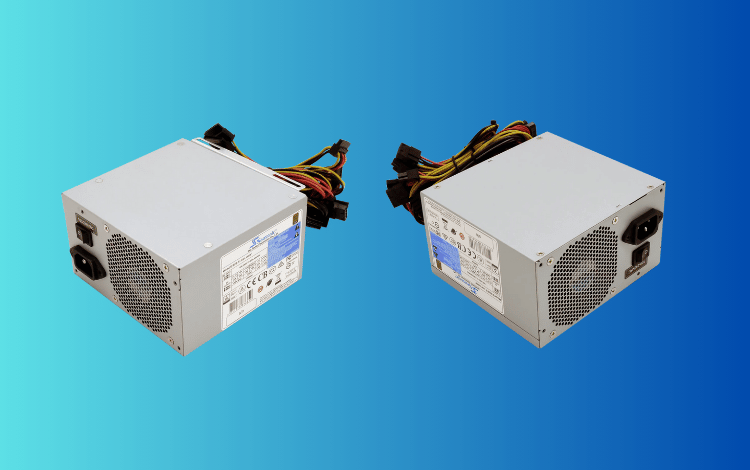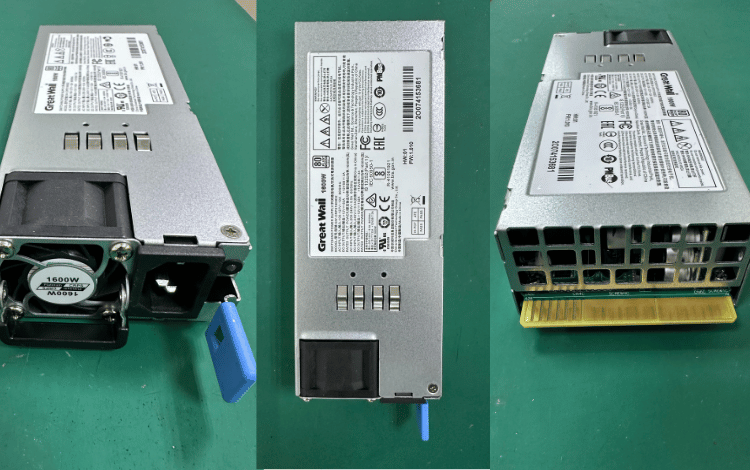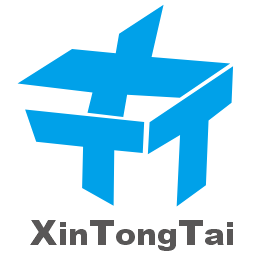Server Power Supplies: The Core Driving Force in the AI Era
Server Power Supplies: The Core Driving Force in the AI Era
In the AI era, the rapid growth of computing density and power consumption has posed unprecedented challenges to server power supplies. According to statistics, the global server power supply market is expected to reach 31.6 billion RMB by 2025, with the Chinese market accounting for 9.1 billion RMB. Behind this market growth is the strong demand for efficient and stable power supply in data centers. AI servers require higher computing power, which also means higher power consumption. As a result, server power supplies have become an indispensable core component in data centers.

High Power Demand Drives Technological Innovation in Server Power Supplies
As the complexity of AI computing tasks increases, the power demands of server power supplies are also rising. Traditional silicon-based power supplies struggle to meet these demands, especially in terms of high power density and efficiency. For example, the average power of a 6U AI server rack has reached 10.5 kW, equivalent to the annual electricity consumption of 100 people. To meet these demands, power supply design is undergoing technological innovation, with third-generation semiconductor materials such as Gallium Nitride (GaN) and Silicon Carbide (SiC) emerging as the new mainstream choices. GaN devices typically achieve power efficiency of 94% and can reduce the physical size of power modules by 40%.
Gallium Nitride and Silicon Carbide: The Future Stars of Server Power Supplies
Gallium Nitride (GaN) and Silicon Carbide (SiC) are rapidly rising in the field of server power supplies. GaN's wide bandgap characteristics make it excellent in high voltage and high-frequency applications, significantly reducing conduction resistance and switching losses, thereby improving energy efficiency. For example, Huawei's 3000W GaN server power supply, based on Infineon's GaN switch design, has a power density exceeding 90W/in³, with power efficiency above 94%.
In contrast, SiC, with its higher breakdown voltage and switching speed, is advantageous in high-power applications above 4kW. For instance, Infineon recently launched a 2000V SiC MOSFET, with a breakdown voltage far exceeding GaN's 650V, suitable for modular UPS systems that require high voltage levels. SiC devices not only improve power efficiency but also maintain higher system stability at full load, which is crucial for applications with power densities exceeding 135W/in³.
Power Challenges in Data Centers and Innovation in Server Power Supplies
Power demands in data centers are rapidly increasing, especially driven by AI servers. For example, NVIDIA's recently released B200 AI GPU has a full load power consumption of up to 1200W, while the total power consumption of the DGX B200, an 8 GPU hardware platform, reaches 14.3 kW. Such high power demands make traditional power supply designs unsustainable, necessitating more advanced server power supply designs, such as bridgeless PFC (Power Factor Correction) architectures. Navitas Semiconductor's CPRS185 3200W power module, based on this design, achieves a power density of 100W/in³, with efficiency exceeding 96%, which is significant for improving data center energy efficiency.
Server Power Supply Market Trends: From Silicon-Based to Third-Generation Semiconductors
With the advancement of AI technology, the server power supply market is undergoing a significant transformation. Although silicon-based power supplies currently dominate, the application of third-generation semiconductor materials is rapidly expanding. According to market research, the market share of GaN and SiC power modules is expected to increase significantly by 2025. These new materials can significantly improve power efficiency and reduce energy consumption in data centers. For example, the latest SiC UPS modules can increase efficiency to over 98% while reducing system volume by 30%, which is crucial for lowering the total cost of ownership (TCO) of data centers.
The Future of Server Power Supplies: Moving Towards 10kW and Higher Power Densities
As the power demands of AI servers continue to grow, future server power supplies will break through existing power limits, moving towards 10kW or even higher. Navitas Semiconductor plans to release a server power platform supporting 8-10kW by the end of this year, with a power density exceeding 135W/in³ and efficiency reaching over 97% at full load. These new platforms will combine GaN and SiC technologies to ensure efficient power supply while further reducing the size of power modules, providing robust power support for AI servers.

Environmental and Energy-Saving Benefits of Server Power Supply Technological Innovations
Third-generation semiconductor technology not only offers significant performance improvements but also significantly reduces the carbon footprint of data centers. For example, GaN server power supplies, with their high efficiency and compact design, reduce energy consumption in data centers while also lowering cooling requirements, which is especially important in the context of increasingly stringent global environmental regulations. It is predicted that server power supplies using third-generation semiconductors could reduce data center energy consumption by 15% to 20%, which not only helps with energy conservation but also reduces operating costs.
Cost-Effectiveness of Efficient Server Power Supplies
As server power supply technology advances, particularly with the application of GaN and SiC, the operating costs of data centers are expected to decrease significantly. High-efficiency power modules reduce energy waste, lowering electricity expenses. For example, a 3200W server power supply using the latest GaN technology achieves efficiency over 96% in the 20%-60% load range, far exceeding the 80PLUS Titanium standard. This means that data centers can effectively control energy costs while maintaining high-performance computing, improving overall return on investment (ROI).
Intensifying Global Competition in the Server Power Supply Market
Driven by market demand in the AI era, competition in the server power supply market is becoming increasingly fierce. Major manufacturers are investing heavily in GaN and SiC technology research and development to capture market share. Companies like Infineon and Navitas Semiconductor have already released several high-performance power modules to meet the high-power, high-density power supply demands of future AI servers. In the coming years, the market will witness more breakthroughs in power supply technology based on third-generation semiconductors, further enhancing the overall performance and reliability of server power supplies.
Supply Chain Challenges and Opportunities in Server Power Supplies
As demand for third-generation semiconductor materials rapidly grows, the server power supply market faces supply chain challenges. The supply of raw materials for GaN and SiC devices is tight, and the complex manufacturing process could slow down the market release of new products. However, this also presents opportunities for strategic cooperation and investment in capacity expansion. Over the next five years, major global server power supply manufacturers are expected to accelerate the mass production of third-generation semiconductor materials, driving the industry as a whole towards higher efficiency.
Conclusion: The Development Direction of Server Power Supplies in the AI Era
In the AI era, technological innovation in server power supplies is crucial. Third-generation semiconductor materials like GaN and SiC offer new possibilities for high power density and high-efficiency power supply design. As global AI applications continue to expand, the server power supply market will keep growing, and companies should seize this trend by actively adopting third-generation semiconductor technology to stay ahead in the fiercely competitive market. In the future, server power supplies will develop towards higher power densities and higher efficiencies, providing robust support for the stable operation of data centers.
